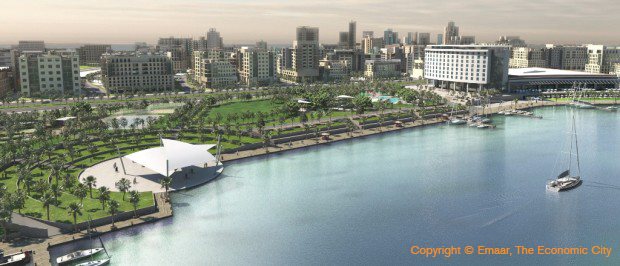King Abdullah, the late monarch of Saudi Arabia, used grand brush strokes when setting in motion the design and execution of The King Abdullah Economic City (KAEC).
According to an article written by the BBC’s Sylvia Smith, the new desert ‘megacity’ is projecting a population of two million residents, 65% of which are anticipated to be less than 30 years of age. With this in mind, the construction of the city is catering to that demographic in every regard.

The KAEC hopes to link with Mecca and Medina on the high speed train network with the Haramanin station, which is due to open by the end of 2015. Taking on the design of this key transportation hub is Sir Norman Foster. Foster has generated critical acclaim for many buildings throughout the world, including the first Foster Building in North America, The Jameson House in Vancouver, BC, Canada, which used Kryton’s Krystol technology to ensure a watertight, sustainable building. Foster’s unique brilliance will be needed once again in an effort to connect the KAEC to the two Holy cities, which is being used to bring in religious tourists.
As of the article date, only about 15% of the city has been finished thus far, meaning we will have to wait about 20-years until the KAEC is due to be completed.
Read the full article here.



